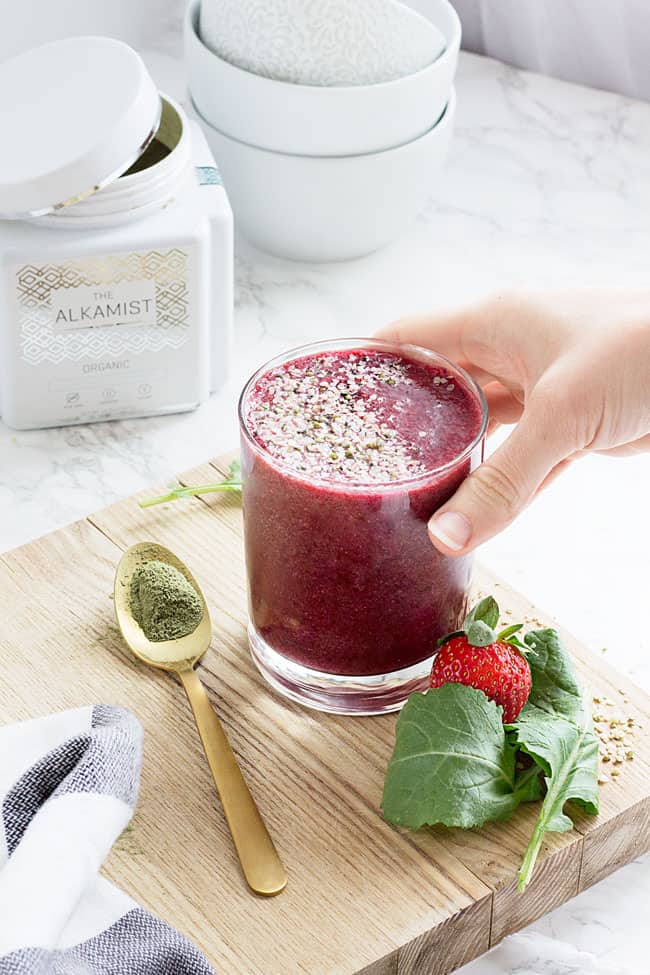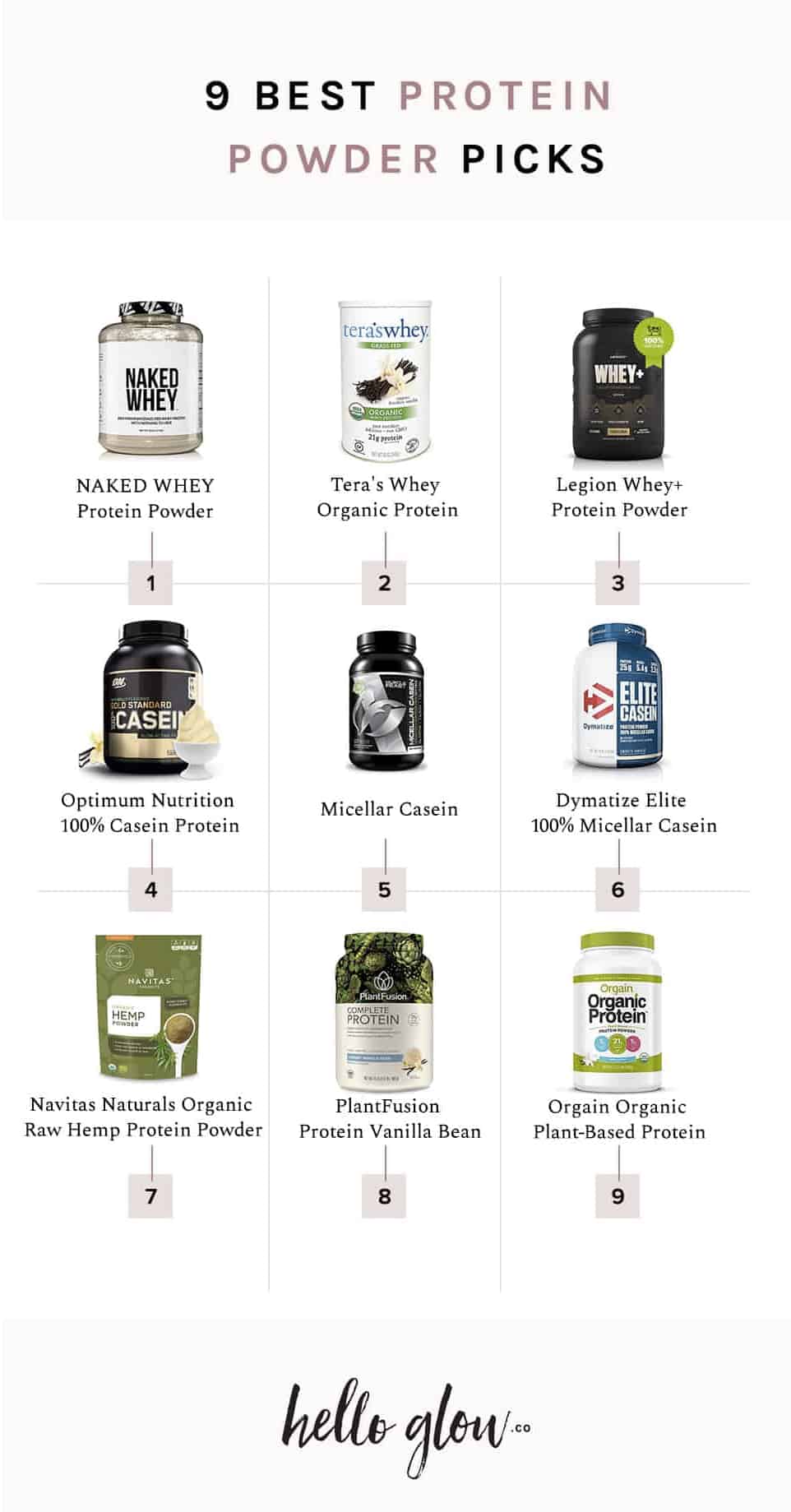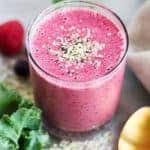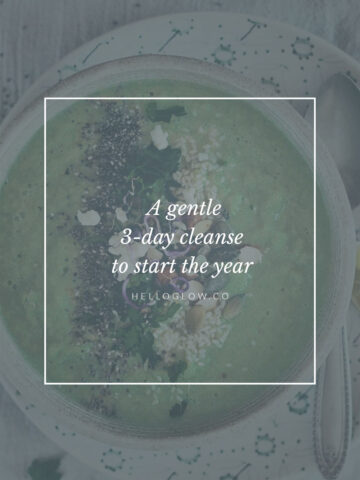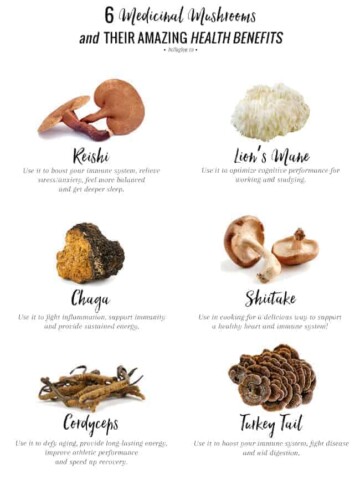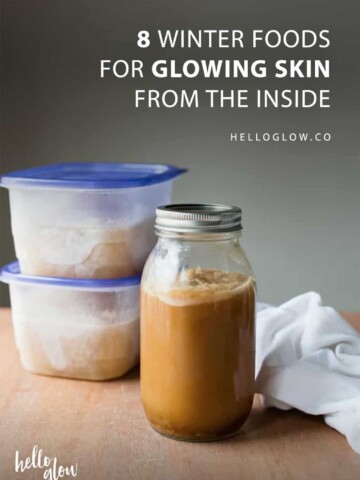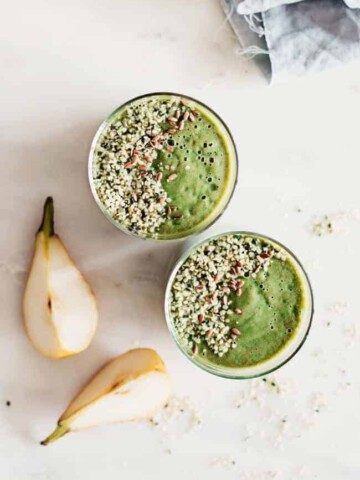Choosing the right protein powder can be a daunting task; it’s a jungle out there with so many different types, brands, flavors, and additives. The ideal protein powder can vary from person to person, depending on their specific lifestyle and needs, but there are some general guidelines you can follow to sift through the many options at hand.
Protein powders have come a long way since their chalk-like days; collagen powders don’t even have a detectable taste! And as vegetables are increasingly looked to as a good source of protein, there are more plant-based options on the market (good news for vegans!).
Should You Use Protein Powder? Read On!
Why use a protein powder?
First things first: many people use protein powders for different reasons, but at the end of the day, they’re a great way to ensure that your body gets nourished and satisfied quickly, no matter who you are. Whether you’re trying to lose weight, gain weight, improve athletic performance, build muscle mass, or just seeking overall wellness, the right protein powder just may do the trick.
And if you think that protein powder is best left to muscly gym-going dudes, think again; women may actually benefit from protein powder even more than men do, as many women fall short with daily protein intake in their diets.
The average woman needs around 50 grams of protein each day, with that amount increasing to upwards of 75 grams per day for those in athletic training [source], to prevent muscle loss while trying to lose weight [source] (although this has been shown to have no effect in postmenopausal women [source]), in older age [source], or during pregnancy [source].
To give you an idea of whether you’re meeting that, here’s the protein content of some food-based sources:
3 ounces of chicken: 28 grams
3 ounces of steak: 26 grams
1 egg: 6 grams
3 ounces of salmon or tuna: 22 grams
½ cup of beans: 7 to 11 grams
½ cup of quinoa: 4 grams
½ cup of peas: 4 grams
½ cup of spinach: 3 grams
1 ounce of nuts or seeds: 4 to 9 grams
6 ounces of Greek yogurt: 18 grams
1 ounce of part-skim cheese: 7 ounces
Most people don’t need protein powder, but if you’re consistently falling short on your protein intake, are active or exercise a lot, or need an on-the-go protein option, protein powder can be great to keep on hand.
3 Types of Protein Powder
1. Whey Protein Powder
Whey, which comes from cow’s milk, is one of the best for daily use. It contains all of the essential amino acids and is easily digested and used by our bodies. Even those who are lactose intolerant can usually digest a whey protein isolate powder without any problems.
Whey protein concentrate is about 30–80% protein content, while whey protein isolate is further processed to remove all fat and carbohydrates. Whey protein hydrolysate (WPH) is processed even more, making it easier to digest and less prone to provoke allergies. WPH is also what you’ll find in infant formula.
You’ve probably seen muscly dudes at the gym or the health-food store stocking up on whey protein. Whey has been shown to be no more effective than other protein powders in stimulating muscle protein synthesis [source], which means it helps form lean muscle and revs up your metabolism.
Studies have also shown that it can help reduce body fat [source]. Look for a whey protein powder with at least 50% protein.
Try: NAKED WHEY | Tera’s Whey Organic Whey Protein | Legion Whey+
2. Casein Protein Powder
Casein is another protein that comes from cow’s milk, and, like whey, it contains all of the essential amino acids that your body needs. Casein is digested more slowly, which means it can be used throughout the day and can keep you feeling full and satisfied.
The amino acids don’t break down as much with casein powder, keeping you full and energized for longer. While whey is ideal for right before or after a workout, you’ll still need to consume some protein an hour or so after taking it. Casein is ideal when you know you won’t eat for a while.
You can also combine casein and whey protein powders (or keep both on hand) to complement each other. Egg albumin is another slow-release protein that can be taken throughout the day, but it’s not as commonly used as casein or whey.
Try: Optimum Nutrition 100% Casein Protein | Muscle Feast Micellar Casein | Dymatize Elite 100% Micellar Casein
3. Plant-Based Protein Powder
Soy, rice, pea, and hemp plant-based protein powders are also becoming more popular, as not everyone wants or needs a milk-derived protein powder. Research has shown no difference between plant and animal protein sources for supplementation in exercise [source].
Brown rice protein is a good choice for vegans or those who can’t tolerate dairy products. It helps with digestion and contains most of the benefits that whey has to offer, and it’s 100% plant-based and gluten-free.
Soy protein is another common choice for a plant-based protein. It’s digested quickly and efficiently by the body and contains all of the essential amino acids, unlike some other plant sources.
Hemp protein is 100% plant-based and, in addition to being a good source of protein, it’s also rich in omega-3 fatty acids.
Often, these will include sprouted ingredients and whole foods like quinoa, millet, spirulina, and chia. (If you’re gluten-free, make sure to check what grains are used.) PopSugar has a roundup of plant-based protein powders.
Try: Navitas Organic Hemp Powder | Vega Sport Premium Protein Vanilla | PlantFusion Complete Protein Vanilla Bean | Orgain Organic Plant-Based Protein
How to Choose Protein Powder
Once you’ve selected the best protein supplement for you, it’s important to give the ingredient list a thorough read. Many protein powders are packed with sugar in an effort to make them more flavorful, and these tend to pack a heck of a calorific punch, which often negates the purpose of using a healthy protein powder in the first place.
If sugar or another sweetener is one of the first ingredients, move on to another brand. Also, keep an eye open for bulking ingredients and fillers such as apple fiber, maltodextrin, or cellulose, which just get in the way of what you really want: protein.
What to look for in your protein powder:
—A complete amino acid profile in every serving to support tissue repair and lean muscle formation, promote collagen development for healthy skin, and increase metabolism
—Organic and ethically sourced ingredients
—No sweeteners, junk, or fillers
—Something that tastes great
Protein Powder Recipes
The easiest way is to use it is in a smoothie, but you can also add it to baked goods, oatmeal, energy balls, homemade ice cream, pancakes, or waffles. Some recipes to try:
Big Batch Pina Colada Green Smoothie
Add it to: Overnight Oats
Green Tea Protein Chocolate Cups
Mixed Berry Protein Smoothie Recipe
This protein-packed berry smoothie is the perfect post-workout snack to nourish your body, encourage healing and keep you energized all day long. To keep blood sugar stable, I mainly use frozen mixed berries but I'll sometimes throw in a banana for a little added sweetness.
And to help my body absorb more vitamins and minerals, I also include a source of healthy fat like an avocado and hemp seeds. Overall it's the perfect way to start the day and keep your energy up all day long.
📖 Recipe
Mixed Berry Protein Smoothie
Ingredients
- 1 banana
- 1 cup frozen mixed berries
- 1 tablespoon hemp seeds
- ½ avocado
- 3 large kale leaves
- 2 scoops vanilla protein powder
- 1 cup almond milk
Instructions
- Place all of the ingredients into the blender and puree until smooth.
- Split between two glasses and drink immediately or save half for later.
This article was medically reviewed by Dr. Gina Jansheski, a licensed, board-certified physician who has been practicing for more than 20 years. Learn more about Hello Glow's medical reviewers here. As always, this is not personal medical advice and we recommend that you talk with your doctor.
66
